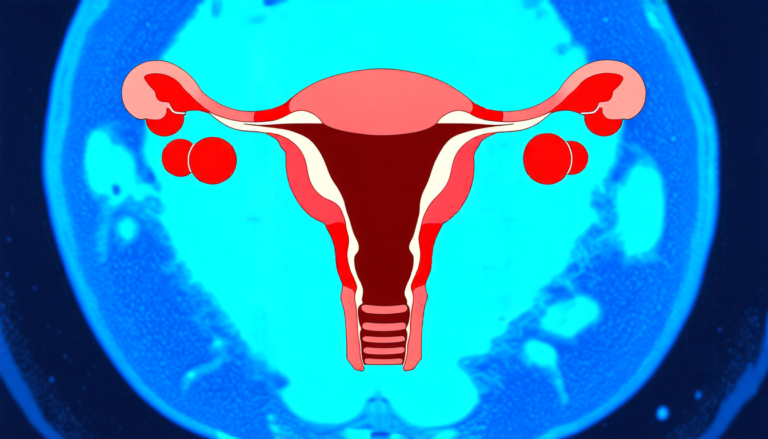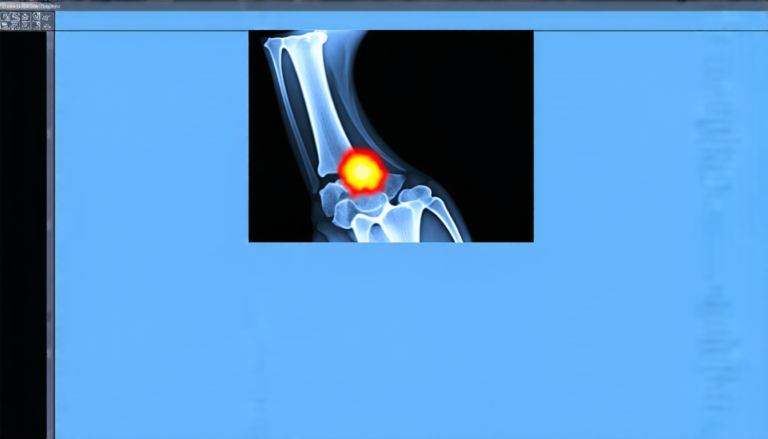Wednesday 16 April 2025
The quest for parallel processing has long been a holy grail in the world of computing, and researchers have finally cracked the code with the development of GigaAPI – a user-space API designed to harness the power of multiple graphics processing units (GPUs).
In recent years, GPUs have become increasingly important in the realm of high-performance computing, thanks to their ability to handle vast amounts of data quickly and efficiently. However, traditional approaches to parallel programming have been limited by the need for low-level CUDA and C++ coding, which can be a significant barrier to entry for those without extensive experience.
GigaAPI aims to change this by providing a comprehensive set of functionalities that simplify multi-GPU programming, abstracting away the complexities of low-level CUDA and C++ programming. The API is designed to be modular, making it easier for developers to create their own extensions and adapt the code to specific use cases.
One of the most significant advantages of GigaAPI is its ability to efficiently divide up tasks between multiple GPUs, allowing for faster processing times and improved performance. This is particularly useful in applications such as image and video processing, where large datasets need to be processed quickly and accurately.
The API’s parallelization capabilities were put to the test through a series of benchmarks, which demonstrated impressive results. In tests involving fast Fourier transforms (FFTs), matrix multiplications, and image sharpening, GigaAPI was able to achieve performance comparable to that of highly optimized libraries such as cuFFT and cuBLAS.
However, it’s not all smooth sailing – the API is still in its early stages, and there are several limitations to be addressed. For example, error handling can be inconsistent, and some users may find the CUDA code difficult to navigate.
Despite these challenges, GigaAPI has the potential to revolutionize the field of parallel computing. By making it easier for developers to harness the power of multiple GPUs, the API could lead to significant breakthroughs in a wide range of fields, from scientific simulation to data analysis and machine learning.
As researchers continue to refine and improve the API, it will be exciting to see how GigaAPI evolves and is applied in different areas. With its potential for speed and efficiency, this technology has the power to change the game for developers and scientists alike.
Cite this article: “Unlocking the Power of Parallel Computing: A User-Space API for Multi-GPU Programming”, The Science Archive, 2025.
Gigaapi, Parallel Processing, Gpus, High-Performance Computing, Cuda, C++, Multi-Gpu Programming, Image Processing, Video Processing, Fourier Transforms, Matrix Multiplications, Machine Learning
Reference: M. Suvarna, O. Tehrani, “GigaAPI for GPU Parallelization” (2025).







